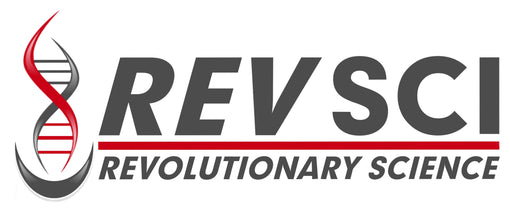
In the current pandemic climate, the cleanliness of your surroundings has never been so important. Although your lab should always meet specific safety and cleanliness standards, now, more than ever, your workplace must be cleaned and sterilized to a point beyond reproach.
If you’re still working out how to raise the bar on your lab’s sterilization, check out a few of these techniques and methods. When you consistently pay attention to proper cleanliness, you can make sure your lab is pristine, and your important work continues unhindered.
1. Steam Sterilization
Pressurized steam has been a dependable method of sterilization for decades. The Center for Disease Control (CDC) says steam is nontoxic, inexpensive, rapidly microbicidal, and sporicidal, and can rapidly heat and penetrate fabrics. Keep in mind the natural effects of steam, such as the possibility of corrosion or increased hardening time for certain materials, and you’ll find steam is an excellent agent to use.
An autoclave is one of the most effective ways to use steam for your sterilization process. You’ll set up your autoclave machine to expose the entirety of your tools to high temperatures and pressure for the prescribed amount of time. The combination of pressure, temperature, and duration easily eliminates microorganisms and ensures your utensils are safe to use.
2. Dry Heat Sterilization
Using an oven or other dry heat source to sterilize your lab equipment is also effective, but only for specific materials. You can use dry heat on any material that reacts to heat, but not one that acts as insulation or one the heat will destroy. Still, dry heat can successfully sterilize many of the tools and equipment in your lab, and is also useful for cleanup once your work is done.
If you need to quickly sterilize a needle or glassware mid-experiment, you can simply hold the object in question over or inside an open flame. To sterilize larger pieces with dry heat, or for a more thorough process, use an oven with temperatures between 160-170 C (320-338 F) and leave the parts inside for two to four hours.
3. Chemical Sterilization
Chemical cleaners are not commonly used inside labs, since chemicals could throw off your results, and most things can be cleaned with either steam or dry heat. For materials that don’t stand up to heat well, however, you will need to employ other methods to ensure your lab is as clean as you can make it.
One chemical used for heat-sensitive materials is ethylene oxide (ETO), which is a gas that sterilizes the surface of whatever it’s exposed to. However, the effectiveness of this gas depends on the gas concentration, the temperature, exposure time, and relative humidity, all of which can fluctuate. Still, with the right surroundings, funds, and care, you can sterilize your sensitive tools with a gas like this.
ETO is often used in conjunction with other stabilizing gasses, such as carbon dioxide, to mitigate some of the environmental risks it can present if your lab uses it extensively.
However you choose to sterilize your equipment, make sure you do it frequently and with great care. Your lab may be instrumental in shaping the future of your country, and it needs to remain open to do that. If you use proper sterilization techniques and equipment, you should have no trouble keeping your lab up to industry standards.
Are you in need of equipment to sterilize or run your lab? Revolutionary Science is here to help. We have the sterilization equipment that you need to keep everything safe and clean. Check out our products today for all of your equipment needs.
